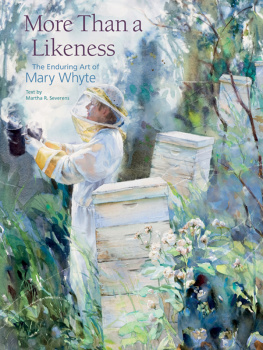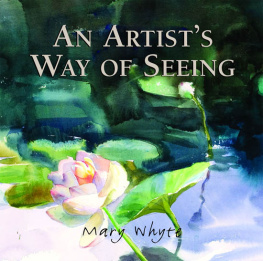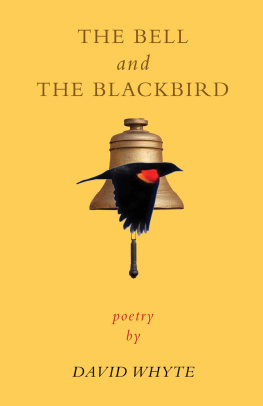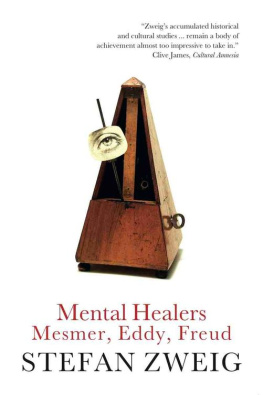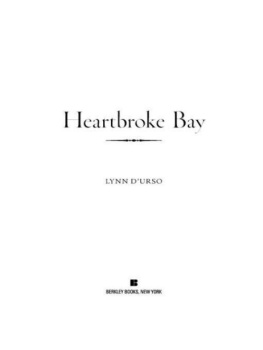Artist's Statement
Although I have painted almost all my life, I consider myself a late bloomer. My early years were spent painting a shopping list of different genres: landscapes, nudes, flowers, still lifes, commissioned portraits, and illustrations for children's books. I was just plain happy to be painting and grateful that my work helped to pay the bills. While my earliest watercolors and oils were hardly masterful, the hours spent holding a paintbrush helped me to develop my technical skills as well as an eye for composition. Eventually my paintings came to look less like the work of others and more like mine.
I have always believed that as artists we don't choose our vocation. We might learn the vocabulary of color, hone our craft, scratch and claw, and persevere our way to achieve a certain level of expertise and recognition, but we don't choose our style and subject matter any more than we choose our preference for a certain flavor of ice cream. This remarkable gift of art is something I can't explain any more than I can say how I ended up in South Carolina, painting a group of African American women, or how I ended up along the Moon River in Georgia, painting a crabber, or in Scottsdale, Arizona, sketching a tattoo artist. Art chooses us.
I have been especially fortunate that my work has been the instrument for many lasting and meaningful relationships. There have been many who have encouraged me along the way, especially in the lean years, when kind friends bought my work and probably stored the paintings in a closet. Others have tirelessly and continuously cheered me on from behind the scenes: my husband, Smitty; my manager, Katie Lindler; the staff at Coleman Fine Art; and my family and friends. All have given me a life that, as used to visualizing possibilities as I am, I could never have dreamed would be so good.
To be an artist is to give proof of God and the beauty that surrounds us. I have had the privilege of painting the people of our times, and in them I have discovered the profound qualities of the unrelenting human spirit. The binding commonness of our emotions is what drives me to keep painting, to keep exploring, and to want to demonstrate that painting a true portrait is far more than just capturing a likeness. Each resulting image, if done with earnestness and compassion, is a collective portrait of us all.
Mary Whyte

Mary Whyte in her studio, 2010
Photograph
Photograph: Coleman Fine Art
The Artistry of Mary Whyte
On the stairway leading up to her Seabrook Island studio, Mary Whyte has inscribed the following words in a calligraphic script:
Coraggio
Ispirazione
Visione
Perseveranza
Forza
Fantasia
Fede
These words have served as the artist's guiding principles, and are encapsulated in her life and her art. She selected Italian as a reminder of the year she spent in Rome as an art student, and, perhaps, because that language is uplifting and inspirational. With their longstanding commitment to an artistic and operatic way of life, Italians are consummate models for a dedicated and ambitious painter who feels passionately about her art and her subjects.
Coraggio, or courage, describes the way Whyte chooses her subject matter and the conviction with which she practices her profession. Usually she is an outsider who makes tentative steps to get to know her sitters, whether they are members of a rural Amish community in Ohio or Gullah women in South Carolina who gather weekly to make quilts. She succeeded in earning the trust and the affection of the latter; Alfreda, the titular head of the group, even called Whyte my vanilla sister. Their mutual feelings of love and friendship radiate from such paintings as Red, where Alfreda is decked out in a brilliant Sunday hat. Courage was also called for when Whyte donned a cumbersome suit and mask so she could experience firsthand the responsibilities of beekeeping. Beekeeper's Daughter reflects her appreciation and understanding of how smoking the bees calms them down.

September, 2003
Watercolor on paper, 47 39 inches
Collection of TD Bank

Red, 2009
Watercolor on paper, 18 18 inches
Private collection

Beekeeper's Daughter, 2008
Watercolor on paper, 28 21 inches
Private collection
It also took a good deal of nerve for Whyte to approach a rough and dirty threesome in a diner, but she was curious about their occupation, wondering if it would fit into her series featuring vanishing industries across the South. The three men agreed to let her sketch them, and the end result is the compelling Fifteen-Minute Break, one of the grittiest paintings Whyte has ever done.
Ispirazione, or inspiration, is what Whyte derives from the people she paints, the scenery she passes as she drives through the countryside, and the colors and textures she relishes painting.

Thumbnail sketches for Beekeeper's Daughter, 2008
Graphite on paper, 12 8 inches
Collection of the artist
Many of the ideas for my paintings start with a fleeting glimpse: a figure hanging laundry, a shadow of a tree, a snippet of a shrimp boat on the river in the distance. Seeing these unfinished stories is sometimes like hearing only the middle words of a conversation and having to imagine the beginning and the end. These tiny flashes of life are sometimes the catalyst for a major series of works. For me ideas are more plentiful than the hours to paint them, and I worry that I cannot get to all my thoughts before they are forgotten or are pushed aside by more pressing concerns. She speaks of how she might see a camellia bush in bloom and wonders to herself what Tesha might look like if she stood before it. Tesha Marsland has been Whyte's model since the early 1990s, and she has posed with horses, in doorways, and in chicken coops. She has developed a very comfortable working relationshipand friendshipwith the artist. The painting Waiting has special meaning for both of them: Tesha had just learned that she was pregnant, telling Whyte, who then conveyed both quiet joy and anxious weariness in the final composition. It remains Tesha's favorite painting.

Close-up of Fifteen-Minute Break

Fifteen-Minute Break, 2008
Watercolor on paper, 58 38 inches
Collection of the Greenville County Museum of Art

Summer Solstice, 2003
Watercolor on paper, 30 39 inches
Private collection


